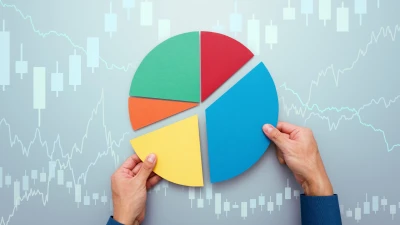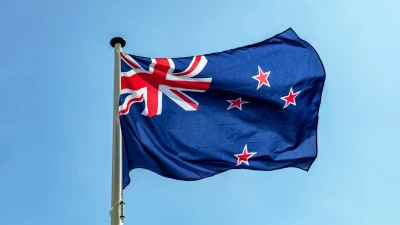Why thematic ETFs endured a painful Q1


The recent trend of thematic investments outperforming the wider market hit a bump in Q122 with many thematic ETFs falling as much if not harder than global equities, according to ETF Securities.
Thematic ETFs enjoyed a swell of interest in recent years as investors looked to add targeted exposure to themes such clean energy, robotics and biotech. Several of these ‘megatrends’ outperformed global share market gauges like the MSCI World in 2020 and 2021, but were hit with heavy losses in the first three months of 2022.
“While the causes of underperformance vary between funds, common roots include the Russian invasion of Ukraine, which threatens supply chains, and the Federal Reserve’s hawkish stance, which has put a dampener on growth companies,” analysts at ETF Securities.
The firm explained why thematic investments and the ETFs that tracked them have had such a tough time in Q1, as well as several reasons to remain optimistic.
The ETFS Hydrogen ETF fell 11.5% over the three months in question, largely because of higher interest rates. Given the early stage of the technology, more than half of the companies held by the ETF are loss-making, which makes them especially sensitive to higher discount rates following central banks’ rate-hiking efforts.
“However, Russia’s invasion of Ukraine has sent methane gas prices soaring, making green hydrogen more appealing and cost-competitive. A major barrier to clean hydrogen uptake has been cost,” ETF Securities added.
ETFS Battery Tech & Lithium ETF was down 10.3% in Q1, broadly in line with the decline in the MSCI World. Its fall is attributed to Russia’s invasion of Ukraine, which caused some European car manufacturers to dip while driving the price of nickel – a key raw material for batteries.
ETF Securities argued that the long-term investment case for battery technology “remains sound”, supported by policy shifts and manufacturing targets in the US, Europe and emerging markets.
The ETFS Semiconductor ETF was down 16% in 2022’s first quarter. ETF Securities’ analysts gave two main reasons for this: a shortage of neon gas (which is used to control chip-making lasers) caused by the trade sanctions of Russia and the fall in cryptocurrencies (microchips are used in the cryptocurrency mining rigs and the price falls have dented demand).
“These headwinds however are likely to prove temporary. Global demand for chips is expected to double in size by 2030, creating a $1trn industry. Key additional growth areas include cloud computing, video games and remote working,” the firm added.
Recommended for you
With Q1 of the 2025 calendar year coming to a close, the Australian funds management industry has seen a range of major appointments and departures.
Nearly half of wealth managers across the globe say offering access to private market funds is integral to their growth plans, Natixis Investment Managers has uncovered.
Boutique fund manager and responsible investment specialist Pella Funds Management has expanded its offering by allowing direct access to investors in New Zealand for the first time.
The global alternative asset manager has welcomed an experienced distribution lead to its leadership team.















